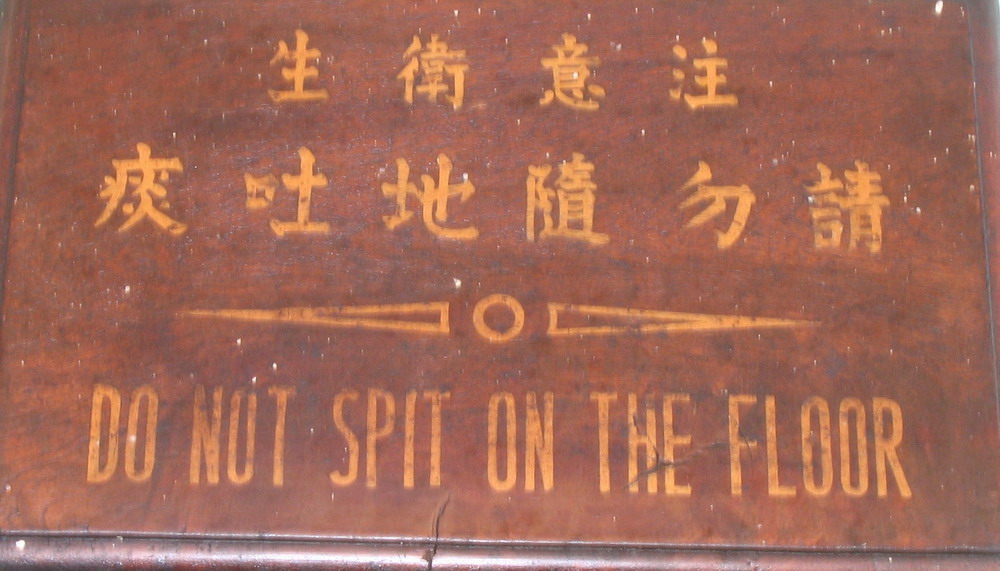It’s Sunday, so I’m making sauces and condiments again – probably because I get all ‘in the kitchen mood’ whenever I listen to the ‘Food Programme’ on BBC Radio 4.
I got this recipe from my friend’s mum in Tunisia. Um Habib is possibly the hardest working woman I have ever met. She not only cares for a severally disabled daughter, cooks, cleans, washes laundry by hand etc etc for a family of six, she makes everything from scratch: her own rose water, orange flower water, jasmine water, even her own couscous from flour and semolina. This, she does two or three times a week. It’s a very smoothing process to watch, but it takes a lot of care and patience. She’s an absolutely amazing cook, making pot after pot of delicious food, the key ingredient being love.
Anyway, as with so many things, there are lots of different recipes for harissa, but two main styles; one using fresh peppers, both chilli and sweet, which is commonly known as Harissa Nablia, from Nabeul in Tunisia, and this one, based on dry chillies. As well as being an ingredient in other recipes, in Tunisia it is often served on a plate with extra olive oil, that you dip bread into, sometimes accompanied with olives and a salad, at the beginning of a meal – as a way to both get your gastric juices going, and fill you up before the more expensive main course.
Ingredients
100g dried chillies
4 cloves of garlic (use less if you like, I just love garlic, and the more you use, the more sauce-like it becomes)
½ tablespoon caraway seeds
½ tablespoon coriander seeds
1 teaspoon cumin seeds
½ tablespoon dried mint – if I’ve run out of home dried mint, I’ve been known to use the contents of a peppermint tea tea bag
½ teaspoon salt
50ml olive oil
Method
Break off any chilli stalks, and twizzle between your fingers to remove most of the chilli seeds – this sauce is quite fiery enough. As with the chilli bean paste recipe, you may want to wear gloves for this bit.
Cover in boiling water and leave to soak for 30 mintutes. Meanwhile, dry fry the spice seeds until fragrant – if you’re using a small pan, stir, so they heat evenly. In a coffee grinder or a pestle and mortar, coarsely grind the spices.
Strain the chillies, and roughly chop (I use scissors to snip them) and ditto the garlic. Add all the solid ingredients and ¼ of the oil in a whizzy machine and blitz on a pulse, adding the rest of the oil in splurts as it comes together.
To store, make sure it is always covered with a layer of oil.
It will probably not surprise you to hear that Um Habib does all this by hand.
I have heard lots of people,(including Nigella) state knowledgably that Harissa is a tomato and chilli paste, but I’ve never seen or tasted such a mix….it may well be nice, just not harissa. I have read such recipes, but usually on websites that use canned chickpeas for hummous and falafel. Miao. Zorry, zorry, zorry…I am such a foodsnob.
